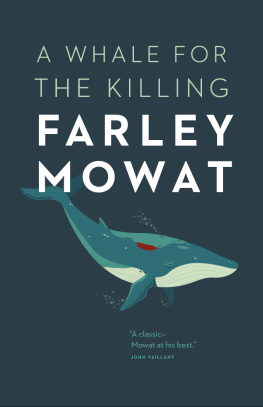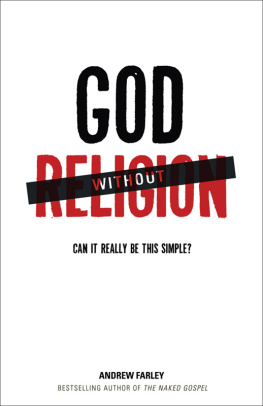This edition is published by Papamoa Press www.pp-publishing.com
To join our mailing list for new titles or for issues with our books papamoapress@gmail.com
Or on Facebook
Text originally published in 1948 under the same title.
Papamoa Press 2017, all rights reserved. No part of this publication may be reproduced, stored in a retrieval system or transmitted by any means, electrical, mechanical or otherwise without the written permission of the copyright holder.
Publishers Note
Although in most cases we have retained the Authors original spelling and grammar to authentically reproduce the work of the Author and the original intent of such material, some additional notes and clarifications have been added for the modern readers benefit.
We have also made every effort to include all maps and illustrations of the original edition the limitations of formatting do not allow of including larger maps, we will upload as many of these maps as possible.
JIM FARLEYS STORY
THE ROOSEVELT YEARS
BY
JAMES A. FARLEY
CHAPTER ONEEARLY DAYS
FOR MORE than a quarter of a century, I have known, personally and quite intimately, many men who have made history.
It is my belief that history should be told by those who had a hand in its shaping. I do not propose to dwell on my deeds, but rather on my conversations with history makers and on the historical events in which I had a part.
During these decisive years, I kept extensive notes on each days happenings. These were dictated for my own use with no thought toward publication. In recent years, friends have urged me to tell my story from my papers, insisting I owed it to history.
This debt I now pay. Whatever my story may lack in wisdom, in modesty, or in literary merit, I hope to make up in sincerity and in truth, for I am relying not on memory but on a living record.
Most of my story is concerned with politics, which has occupied most of my adult life. I started in politics at the topbefore I was old enough to cast my first voteas a Democratic chairman. For thirty-five years thereafter, I continued to be a Democratic chairmantown, country, state, or nation. In these thirty-five turbulent years, I won many triumphs, made thousands of friends, collected tens of thousands of memories, and enjoyed millions of laughs. I had also a share of defeats, suffered many disappointments, nursed a few heartaches, but escaped being marked by bitterness or hate.
Politics brought me honors and prominence from the hands of my fellow countrymen. I am too full of gratitude to let malice seep into my heart.
For my story I invoke the same kindly judgment that my fellow countrymen have ever accorded me in the past. I have tried to tell the story as honestly as I know how, because I have a high regard for the truth, and I have found through the years that telling the truth offers not only the best but also the easiest way of life.
I have also tried to make my story a human report on history. I have related conversations during important events so that the reader may form his own estimate of men and motives, in the light of what has happened since the words were uttered.
My story is being unfolded as I stand at the threshold of my sixtieth year. I find that the boy I was is drawing closer to me. With each passing year I see more of what I am in what he was. Men are given to exaggerate the importance of their birthplace; yet mine had a profound influence on my life. I was born on May 30, 1888, at Grassy Point, New York, in the lower reaches of the majestic Hudson River valley. My father, James Farley, was born at Verplancks Point in Westchester County, New York, the son of John and Margaret Farley, who migrated from Castletown, County Meath, Ireland, in 1847. He died suddenly and tragically before my tenth birthday. My mother, Ellen Goldrick Farley, was born at Haverstraw in Rockland County, the daughter of John and Rose Goldrick, who came to America from Ireland in 1847 or 1848. I was the second of five boys, the others being John, Phil, Tom, and Bill.
My schooling began at the age of five in the Grassy Point Grammar School, which I attended through the seventh grade, when I transferred to the Stony Point Grammar School. I graduated from the Stony Point High School after two and one-half years, then completed a years course at the Packard Commercial School in New York City.
I went to work for the Merlin Keiholtz Paper Company. Two years later I secured a position with the United States Gypsum Company, where I remained for fifteen years. Early in 1926, with my brother-in-law, Harry B. Finnegan, as my partner, I organized the building material firm of James A. Farley & Company, Inc. Two years later this partnership was increased to four members, when we were joined by Harry and Samuel Schiff, brothers, who operated the East Third Street Supply Company. In 1929, the Farley company, together with five other building material companies, formed the General Builders Supply Corporation, which is now one of the largest of its kind in the country.
In 1909, I was elected Democratic town chairman of Stony Point. Two years later I was elected town clerk in a Republican township. I was re-elected three times. These eight years strengthened my political wings. After my fourth term I climbed up the ladder a step, winning election as town supervisor. I was re-elected once. In 1918 I entered big time politics. I was elected Democratic county chairman of Rockland County, a selection which launched me into state politics. In the hope of making my home county a factor in New York politics, I marched into the office of Alfred E. Smith, then President of the New York City Board of Aldermen, to urge him to become a candidate for governor. From the moment I entered his office, I sensed his dynamic personality. He was my first great American. My admiration for him never died, even though we had our differences.
Lest I be misunderstood, I make no claim to having put Al in the Governors mansion at Albany. I was only one of many booming the man who came up from the sidewalks of New York. Once Smith was in Albany, I got my reward by appointment as one of the port wardens of New York City, a political sinecure in which I was never happy. In 1923 I was appointed a member of the New York State Athletic Commission and a year later became its chairman. I held this honorary and stormy post until I went to Washington in 1933.
In April 1920 I married Miss Elizabeth A. Finnegan of Haverstraw, whom I had known all my life. We have three children: Betty, born August 28, 1922; Ann, born July 1, 1925; and James, born May 25, 1928.
The first summer of our marriage I had my first brief meeting with Franklin D. Roosevelt. An invitation was extended to me as county chairman, along with thousands of the party faithful, to meet the party standard bearersJames M. Cox and his youthful running matein New York City. Although I should like to be able to say that some psychic understanding passed between the tall, vigorous vice-presidential candidate and myself, I can only report that the meeting was nothing more than a handshake and a How dyou do. The only memorable remark came from Bess at the end of the long, tiring day, when she said, If I had ever realized that politicians spent their time going through such nonsensical performances, I would never have married you.





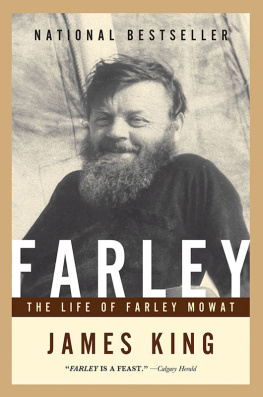
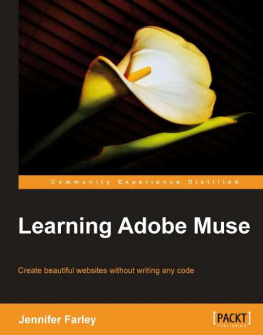

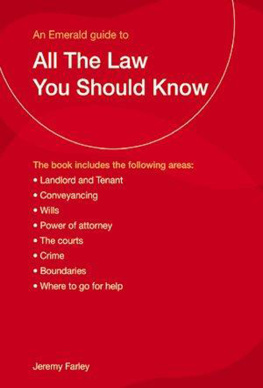
![Farley Mowat - People of the Deer [Paperback]](/uploads/posts/book/52958/thumbs/farley-mowat-people-of-the-deer-paperback.jpg)
